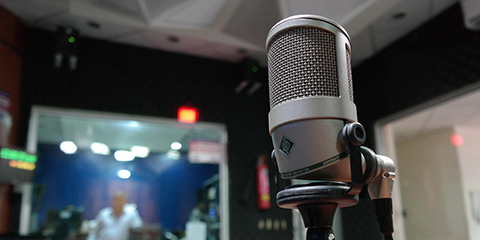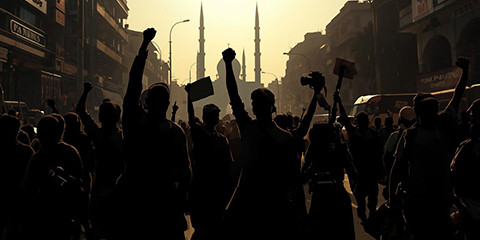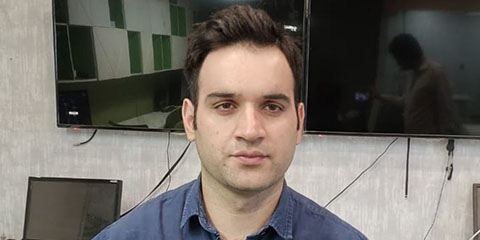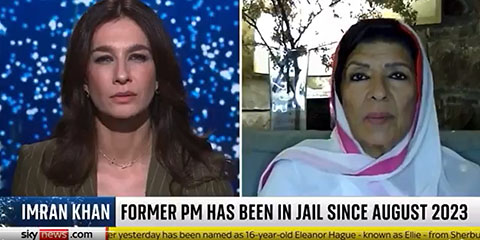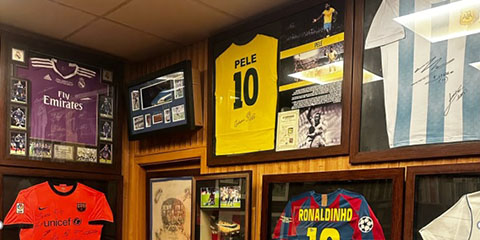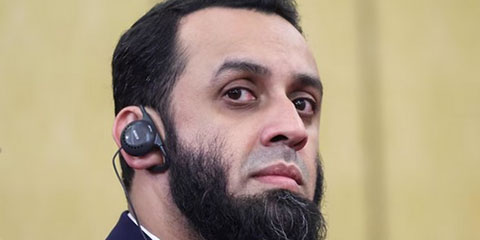How global crises are covered by different media outlets
JournalismPakistan.com | Published last year | Ayesha Malik
Join our WhatsApp channel
ISLAMABAD—The way global crises are reported can shape the way we understand the world. From conflicts to natural disasters and pandemics, media outlets serve as the primary lens through which the public perceives these events. However, the coverage of global crises is often influenced by political agendas, cultural contexts, and media biases, leading to contrasting narratives across different outlets.
Media Bias and Crisis Reporting
In any crisis, media bias is one of the most influential factors shaping the narrative. Depending on the country, media organization, or political climate, the portrayal of a global event can be vastly different. For instance, Western media outlets may highlight human rights abuses in conflict zones, while state-controlled media in authoritarian regimes might downplay such events or focus on different aspects altogether.
The Role of Cultural Context
Cultural context also plays a significant role in how crises are framed. For example, when natural disasters strike developing countries, Western media may adopt a more humanitarian angle, focusing on the need for international aid. In contrast, local media might focus on the resilience of the population and government responses, offering a more nuanced view that is aligned with the cultural mindset of the region.
Public Perception and Media Influence
The media’s portrayal of a crisis can heavily influence public opinion. Studies show that media coverage often determines how seriously the public views a crisis and what actions they deem necessary in response. During the COVID-19 pandemic, for example, media outlets around the world shaped perceptions of government responses, the severity of the virus, and the importance of health measures. The variance in coverage between countries highlighted how different media narratives could lead to vastly different public reactions.
Examples of Divergent Coverage
Consider the Syrian civil war, which was reported differently across the globe. Western media focused largely on the humanitarian crisis and the need for international intervention, whereas media in Russia and Iran, key allies of the Syrian government, depicted the war as a fight against terrorism. This resulted in divergent narratives that influenced not only public perception but also international policies and interventions.
The Need for Critical Media Consumption
As media consumers, it’s crucial to recognize the biases and influences that shape crisis reporting. No two media outlets report on a global crisis in the same way, and understanding the underlying motivations can help readers form more informed, balanced perspectives. Being aware of these differences allows individuals to critically evaluate the news they consume, rather than taking it at face value.
The coverage of global crises by different media outlets highlights the power of journalism to shape narratives and influence public perception. Whether due to bias, cultural context, or political agendas, the way global events are reported can significantly alter how crises are understood and responded to by the world.













